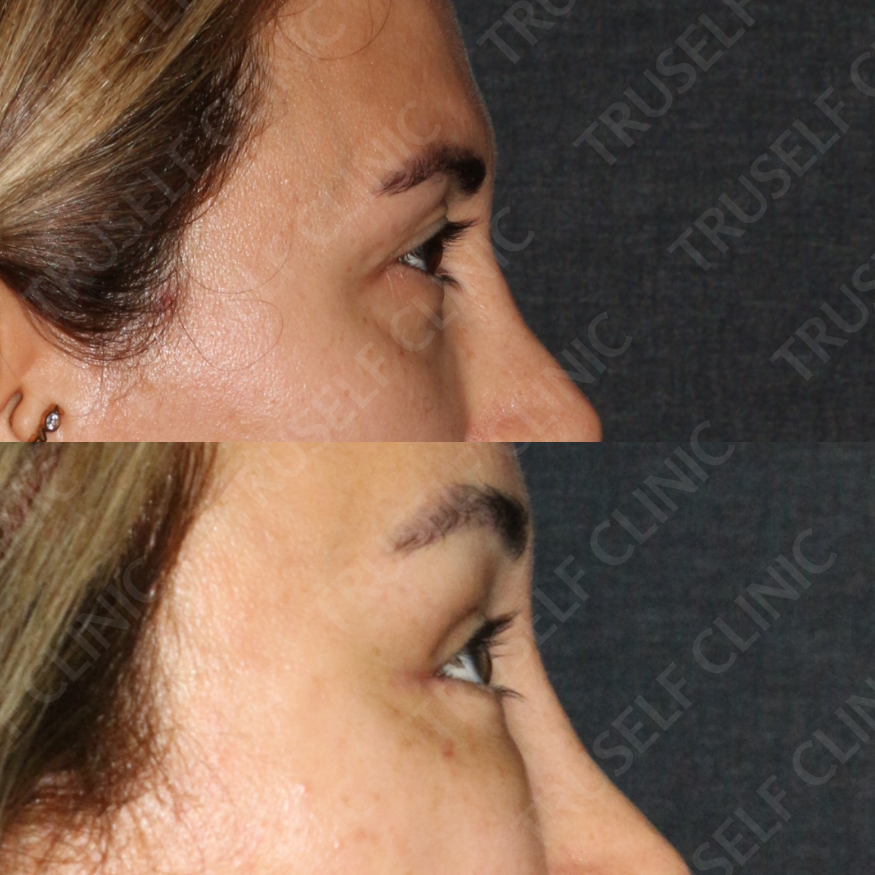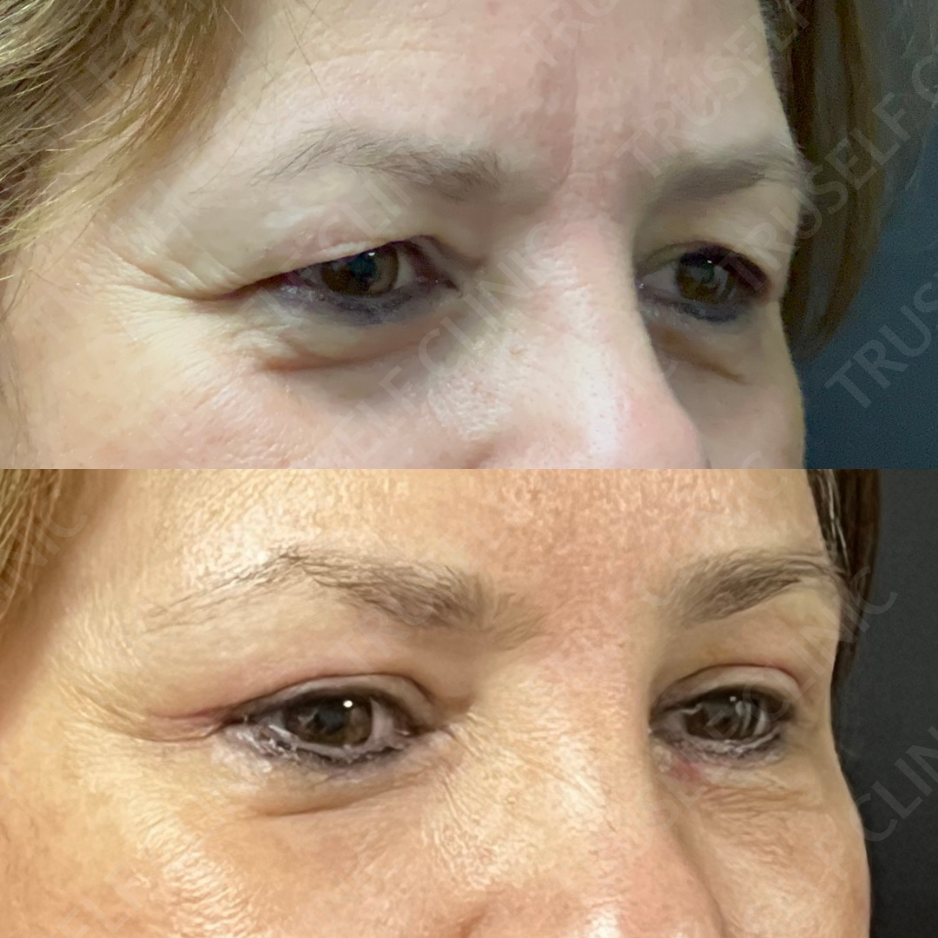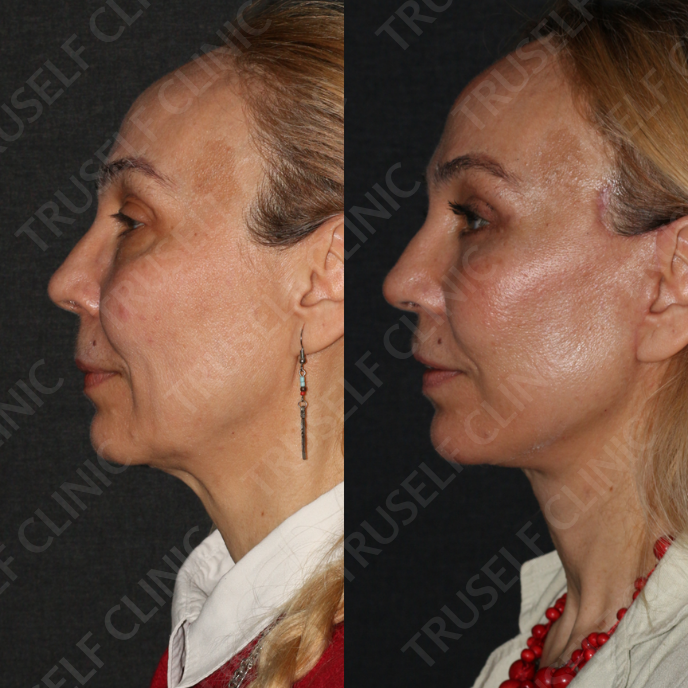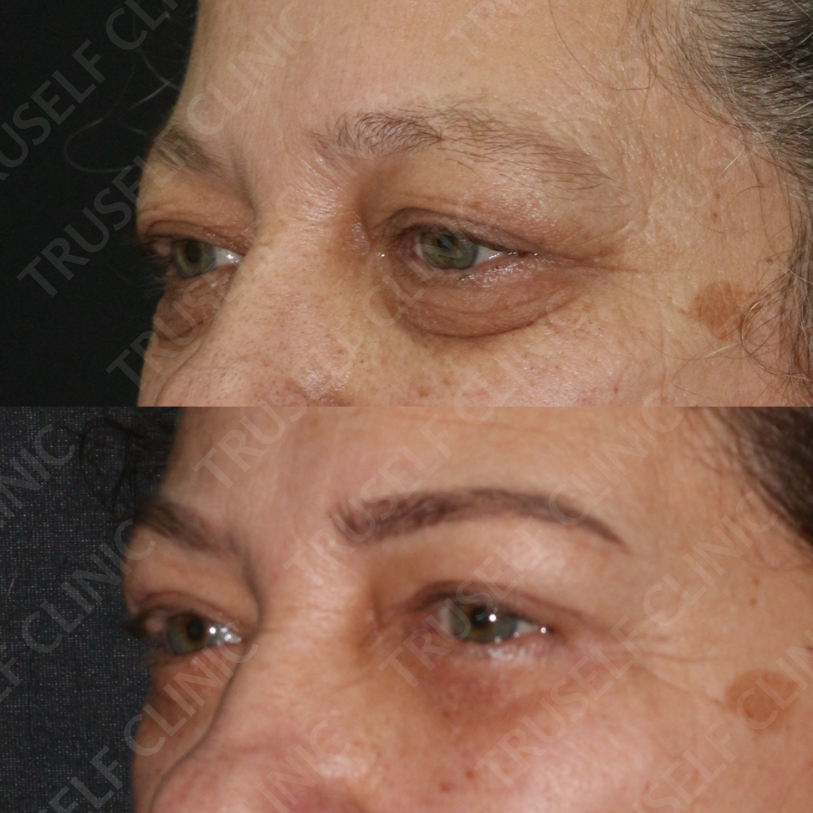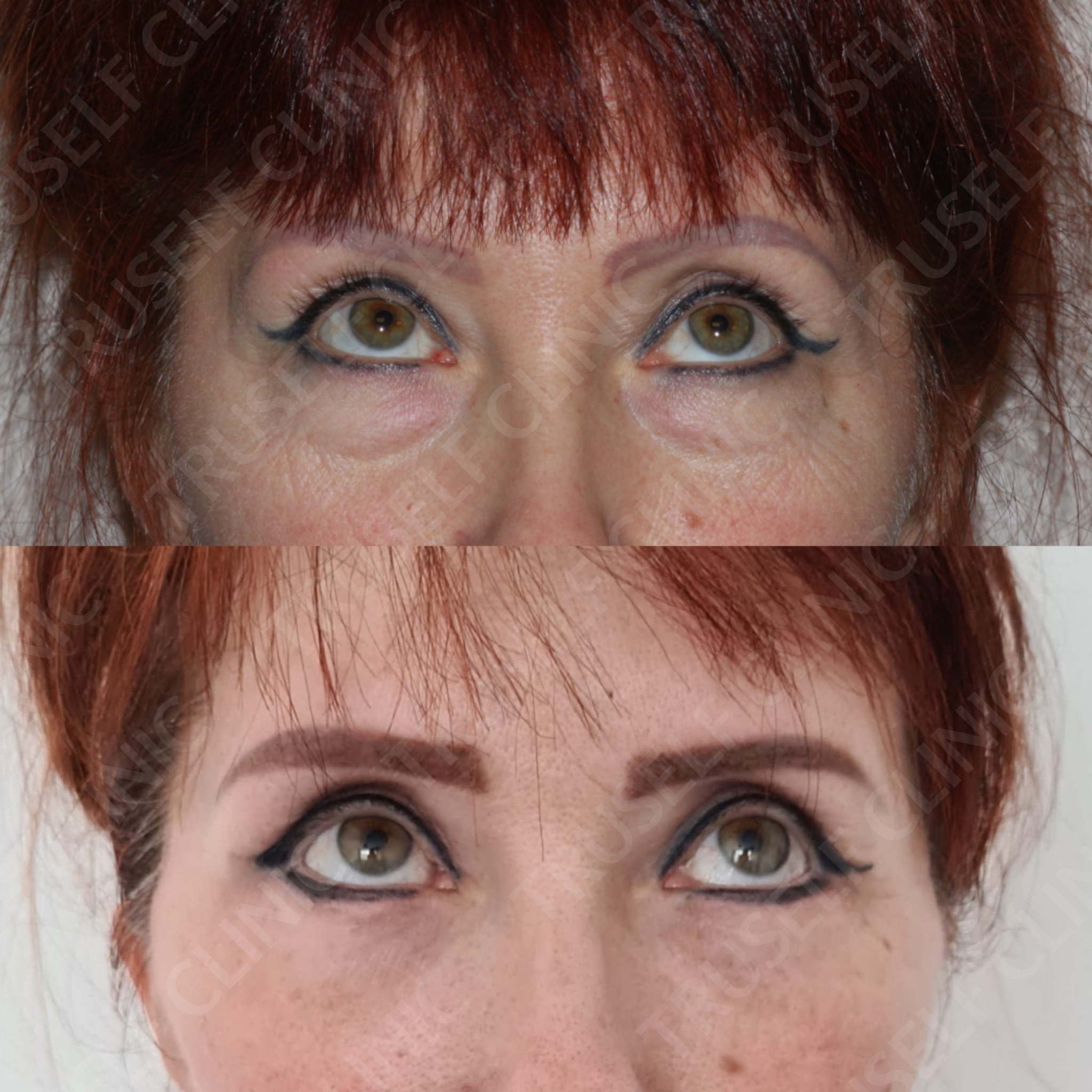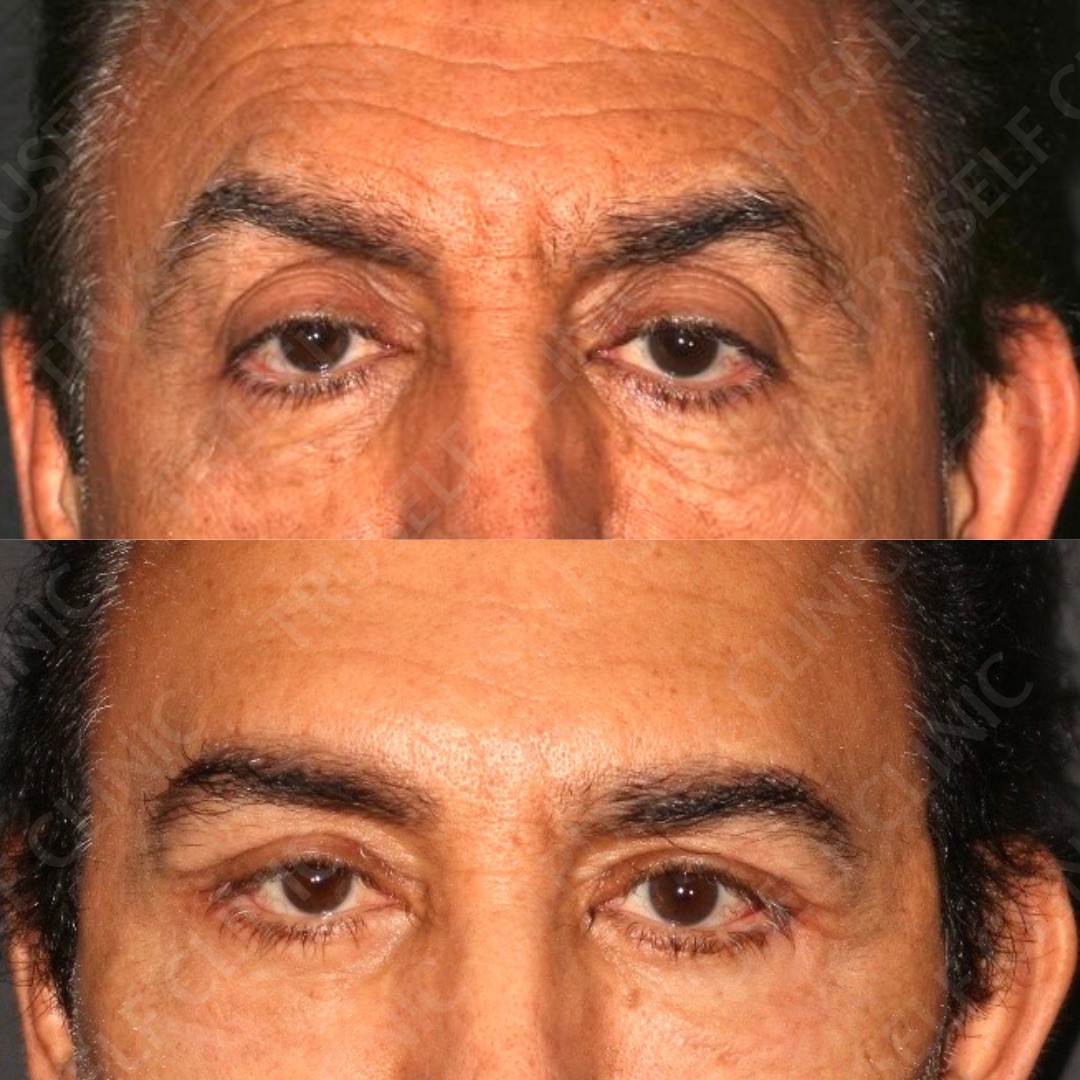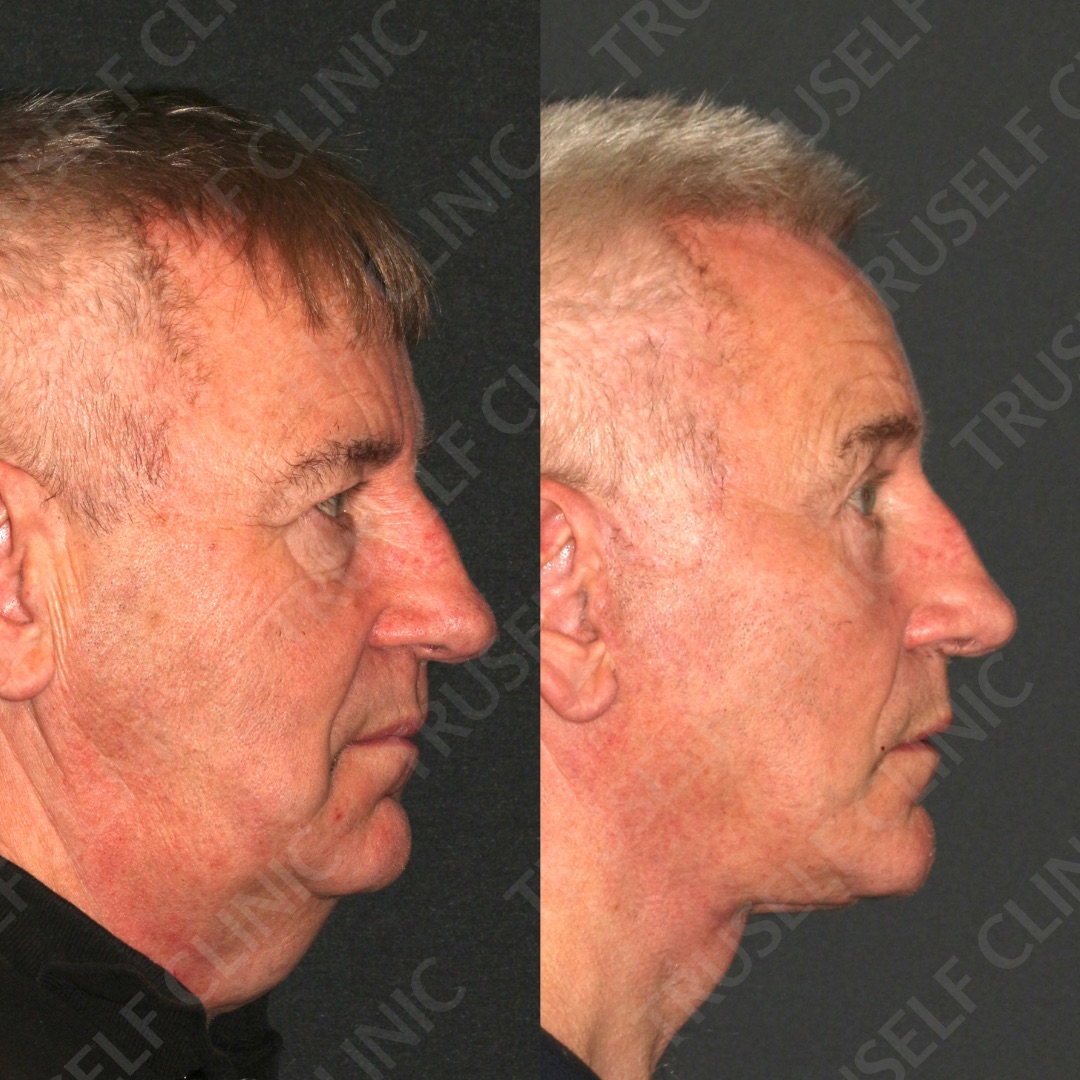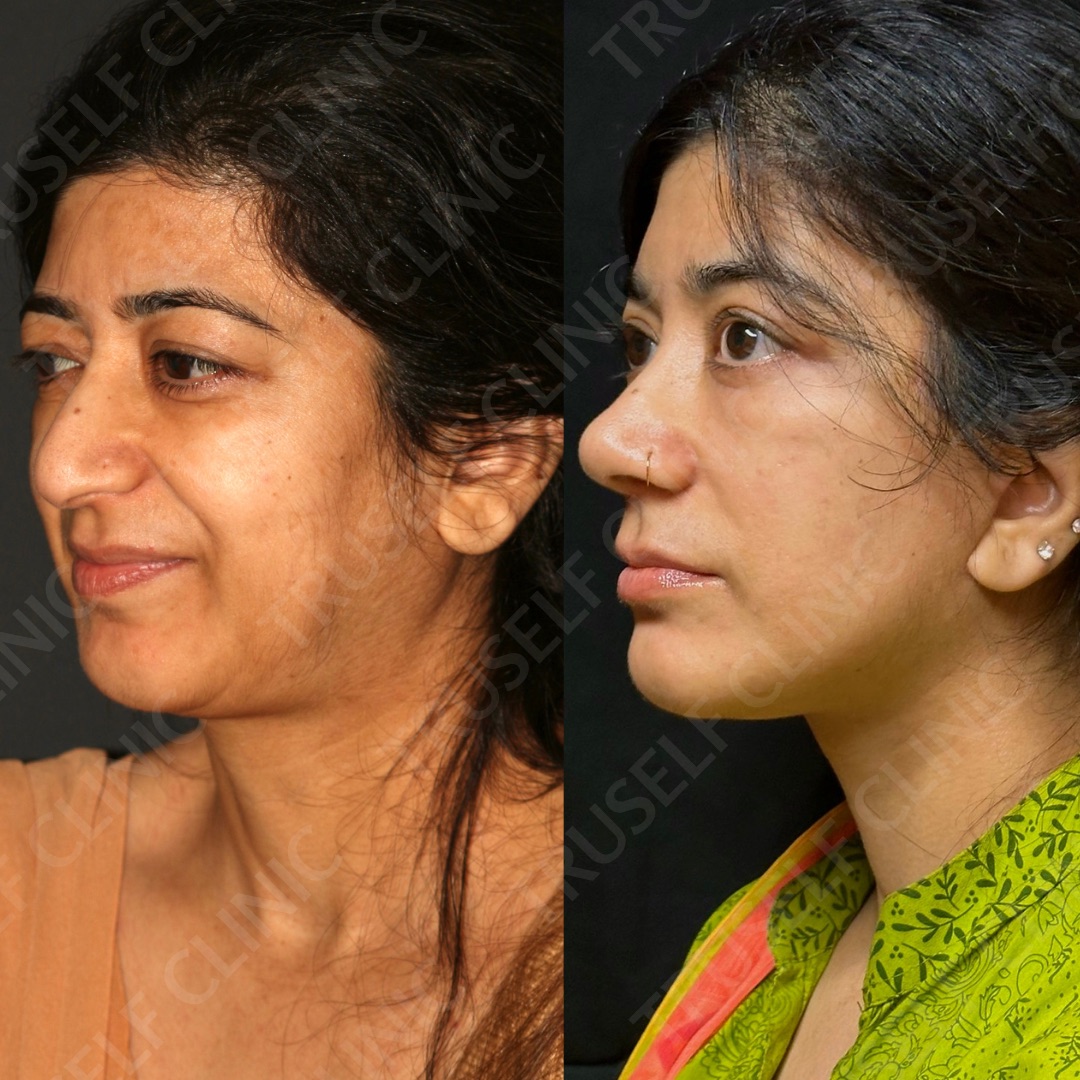Neck Lift
A neck lift is a surgical procedure designed to improve the appearance of the neck and jawline by tightening the skin and underlying muscles.
Cervicoplasty: This technique involves removing excess skin from the neck to eliminate sagging or loose skin. The incisions are usually made behind the ears or under the chin.
Platysmaplasty: This technique involves tightening the muscles of the neck to eliminate banding and create a smoother, more defined jawline. The surgeon may make small incisions under the chin or behind the ears to access the muscles.
Liposuction: In some cases, excess fat may be removed from the neck area using liposuction to improve the overall contour of the neck and jawline.
In some cases, combining a deep plane facelift and neck lift may be the best approach to achieve comprehensive rejuvenation of the face and neck. This approach allows the surgeon to address both the sagging skin and excess fat in the lower face and neck, as well as the muscle laxity and banding that can occur in the neck area.
Am I a good candidate for a neck lift?
A good candidate for a neck lift is typically an individual who has loose, sagging skin or excess fat in the neck area, often resulting from the natural aging process, weight fluctuations, or genetic factors. The procedure is usually recommended for men and women in their 40s or older, although it may be appropriate for younger individuals with certain anatomical features or medical conditions.
Ideal candidates for a neck lift should be in good overall health and have realistic expectations for the outcome of the procedure. They should also be non-smokers or be willing to quit smoking prior to the surgery, as smoking can increase the risk of complications and interfere with the healing process.
It is important to consult with a qualified plastic surgeon to determine whether a neck lift is the right procedure for your individual needs and goals. The surgeon will evaluate your medical history, skin quality, and facial anatomy, and recommend the most appropriate treatment plan to achieve your desired results.
What are the risks of neck lift?
Like any surgical procedure, a neck lift comes with certain risks and potential complications. Some of the most common risks associated with a neck lift may include:
- Infection
- Bleeding or hematoma
- Swelling and bruising
- Numbness or tingling in the neck or face
- Scarring
- Poor wound healing
- Skin discoloration or irregularities
- Nerve damage
- In rare cases, more serious complications such as blood clots, pulmonary embolism, or cardiac events may occur.
It is important to discuss the potential risks and benefits of a neck lift with a qualified plastic surgeon before undergoing the procedure. The surgeon will evaluate your medical history, assess your individual risk factors, and take steps to minimize the likelihood of complications. Following post-operative instructions and attending follow-up appointments as directed can also help to reduce the risk of complications and ensure optimal results.
How to get ready for the surgery?
Preparing for a neck lift surgery involves several important steps to ensure that the procedure is safe and successful. Here are some things to keep in mind when preparing for a neck lift:
- Consult with a qualified plastic surgeon: The first step in preparing for a neck lift is to schedule a consultation with a board-certified plastic surgeon. The surgeon will evaluate your medical history, assess your individual needs and goals, and recommend the most appropriate treatment plan.
- Quit smoking: Smoking can increase the risk of complications during and after surgery, so it is recommended to quit smoking at least two weeks before the procedure.
- Avoid certain medications and supplements: Certain medications and supplements can increase the risk of bleeding, so it is important to avoid them in the weeks leading up to the surgery. This may include aspirin, ibuprofen, vitamin E, and certain herbal supplements.
- Arrange for post-operative care: You may need someone to help you with daily activities in the first few days after the surgery, so it is important to arrange for someone to assist you as needed.
- Follow pre-operative instructions: Your surgeon will provide you with detailed instructions on how to prepare for the surgery, which may include guidelines on eating and drinking, medication use, and other important considerations.
- Attend pre-operative appointments: Your surgeon may schedule additional appointments in the days leading up to the surgery, such as a pre-operative medical evaluation or lab tests, so it is important to attend these appointments as scheduled.
By following these steps and working closely with your surgeon, you can help to ensure that your neck lift surgery is safe and successful.
How to take care of yourself after neck lift surgery?
After a neck lift, it's important to take good care of yourself to ensure proper healing and minimize the risk of complications. Here are some general guidelines on how to take care of yourself after a neck lift:
- Rest and avoid strenuous activity for the first few weeks after surgery. Avoid bending over or lifting heavy objects, as this can increase blood pressure and cause bleeding.
- Keep your head elevated when sleeping to help reduce swelling. You may want to use extra pillows or a wedge pillow to keep your head elevated.
- Apply ice packs to the treated areas for the first few days after surgery to help reduce swelling and bruising. Your surgeon may recommend using a specific type of ice pack.
- Keep your incisions clean and dry. Your surgeon will give you specific instructions on how to clean your incisions and when it's safe to shower or wash your hair.
- Avoid exposing your incisions to direct sunlight for several months after surgery to prevent scarring. Wear a hat or use a sunscreen with a high SPF to protect your skin.
- Avoid smoking and alcohol as these can delay the healing process and increase the risk of complications.
- Attend follow-up appointments with your surgeon to monitor your healing progress and ensure that there are no complications.
- Follow a healthy diet and drink plenty of water to promote healing.
- Be patient during the healing process and avoid rushing back into your normal routine too quickly. Your surgeon will advise you on when it's safe to resume normal activities.
- Wear a compression garment as directed by your surgeon to help reduce swelling and promote proper healing.
If you have any concerns or questions during the healing process, be sure to contact your surgeon for guidance. Following these guidelines can help ensure the best possible outcome and a successful recovery.
How is the healing process and scarring after neck lift surgery?
The healing process and scarring after neck lift surgery can vary depending on the technique used and individual factors such as skin elasticity and healing ability. In general, most patients can expect some swelling, bruising, and discomfort in the first few days after surgery. Your surgeon may prescribe pain medication or recommend over-the-counter pain relief to manage any discomfort.
Scarring from a neck lift typically occurs along the incision line, which is usually located behind the ears and/or under the chin. The length and location of the incision will depend on the specific technique used and the extent of the procedure. However, most surgeons use techniques to minimize the visibility of scarring, such as placing incisions in natural skin creases or hairlines.
To promote healing and minimize scarring after a neck lift, it is important to follow your surgeon's post-operative instructions carefully. This may include keeping the surgical site clean and dry, avoiding strenuous activities for a certain period of time, and wearing compression garments as directed. Your surgeon may also recommend scar creams or other treatments to help minimize the appearance of scarring.
In general, the scarring from a neck lift will improve over time and should become less noticeable with proper care and healing. However, it is important to keep in mind that every patient is unique and the extent and appearance of scarring may vary.













